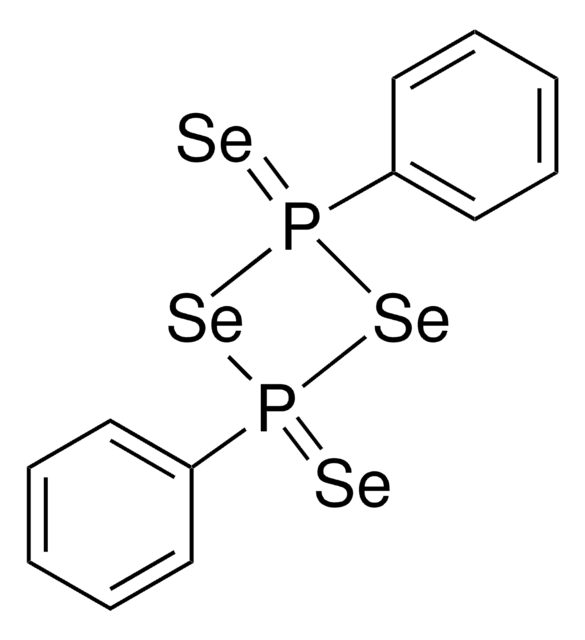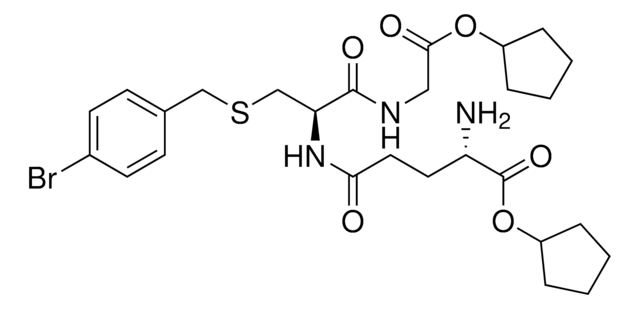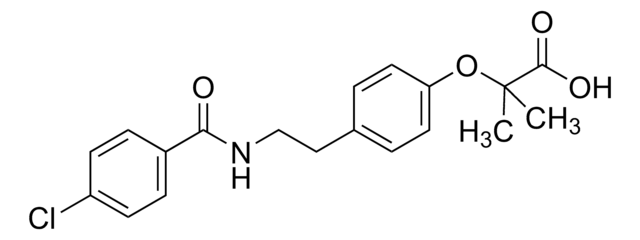Kluczowe dokumenty
SML1083
Ethacrynic acid
≥97% (HPLC)
Synonim(y):
2-[2,3-Dichloro-4-(2-methylene-1-oxobutyl)phenoxy]acetic acid, ECA, Etacrynic acid, [2,3-Dichloro-4-(2-ethylacryloyl)phenoxy]acetic acid, (2,3-Dichloro-4-[2-methylenebutyryl]phenoxy)acetic acid
Wybierz wielkość
240,00 zł
Wybierz wielkość
About This Item
240,00 zł
Polecane produkty
Poziom jakości
Próba
≥97% (HPLC)
Formularz
powder
kolor
white to beige
rozpuszczalność
DMSO: 20 mg/mL, clear
temp. przechowywania
2-8°C
ciąg SMILES
ClC1=C(Cl)C(C(C(CC)=C)=O)=CC=C1OCC(O)=O
InChI
1S/C13H12Cl2O4/c1-3-7(2)13(18)8-4-5-9(12(15)11(8)14)19-6-10(16)17/h4-5H,2-3,6H2,1H3,(H,16,17)
Klucz InChI
AVOLMBLBETYQHX-UHFFFAOYSA-N
informacje o genach
human ... SLC12A1(6557)
Szukasz podobnych produktów? Odwiedź Przewodnik dotyczący porównywania produktów
Działania biochem./fizjol.
Hasło ostrzegawcze
Warning
Zwroty wskazujące rodzaj zagrożenia
Zwroty wskazujące środki ostrożności
Klasyfikacja zagrożeń
Acute Tox. 4 Oral
Kod klasy składowania
11 - Combustible Solids
Klasa zagrożenia wodnego (WGK)
WGK 3
Temperatura zapłonu (°F)
Not applicable
Temperatura zapłonu (°C)
Not applicable
Wybierz jedną z najnowszych wersji:
Certyfikaty analizy (CoA)
Nie widzisz odpowiedniej wersji?
Jeśli potrzebujesz konkretnej wersji, możesz wyszukać konkretny certyfikat według numeru partii lub serii.
Masz już ten produkt?
Dokumenty związane z niedawno zakupionymi produktami zostały zamieszczone w Bibliotece dokumentów.
Klienci oglądali również te produkty
Active Filters
Nasz zespół naukowców ma doświadczenie we wszystkich obszarach badań, w tym w naukach przyrodniczych, materiałoznawstwie, syntezie chemicznej, chromatografii, analityce i wielu innych dziedzinach.
Skontaktuj się z zespołem ds. pomocy technicznej


















